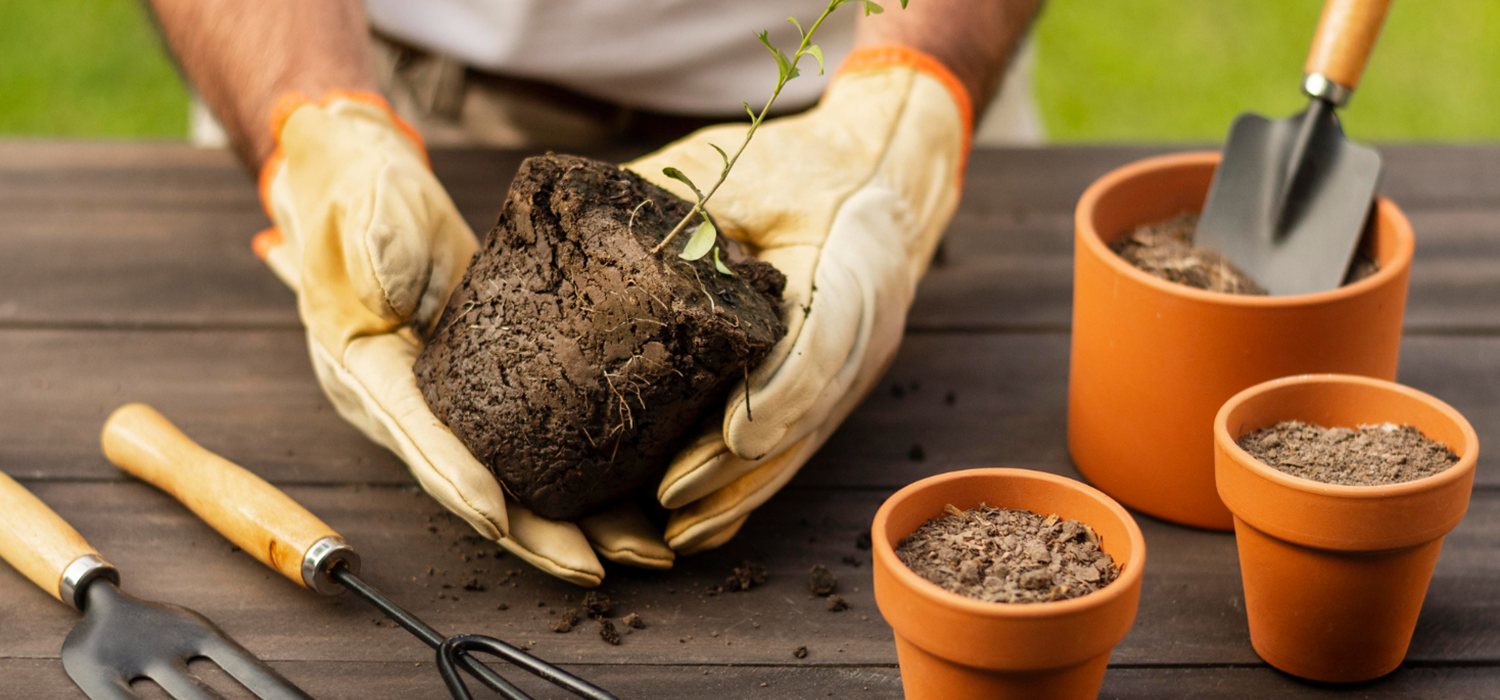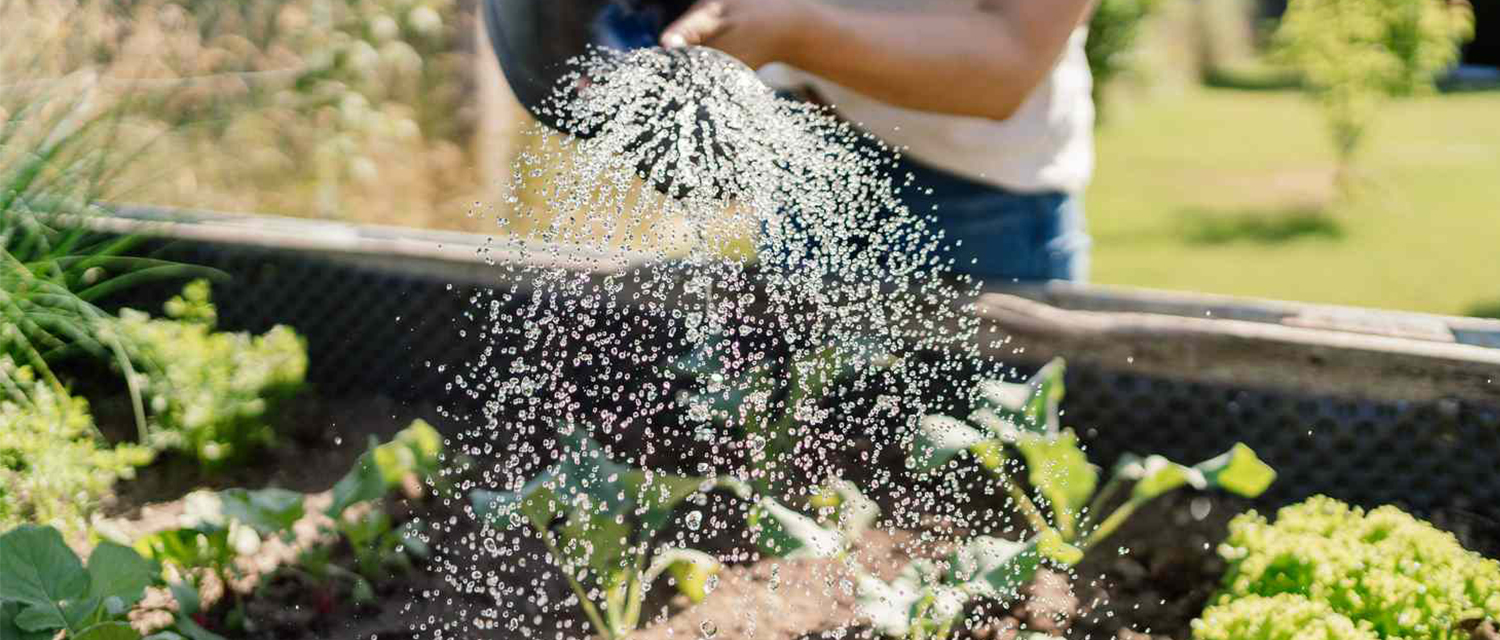Get free quotes within minutes
Top Autumn Vegetables to Grow for a Bountiful Harvest

Table Of Content
- Introduction
- Why Grow Vegetables In Autumn?
- Top Vegetables For Autumn Gardening
- Planting And Growing Tips For A Successful Autumn Harvest
- Harvesting And Storage Tips
- How To Store Vegetables For Extended Freshness?
- Final Thoughts
Top Autumn Vegetables To Grow For A Bountiful Harvest
Autumn gardening brings great gratification by prolonging the growing season and providing fresh products in the cooler months. As the temperatures drop, numerous vegetables flourish and gain richer taste, needing much less effort than in the summer. The cool weather keeps most pests dormant and slows weed growth, thus being a perfect setting for gardening activity. Autumn vegetables such as kale, carrots, and broccoli are nutrient-packed and add great health to a diet. Autumn gardening keeps the soil healthy, preventing erosion and adding organic matter. If organised beforehand, the practitioner engages in autumn gardening for maximum harvest flexibility before winter.
Why Grow Vegetables In Autumn?
There's nearly everything for autumn gardening, making it the best season for growing vegetables. Here are some reasons:
Reduced Pests and Diseases
- By this time of the year, many insects and pests like aphids and caterpillars will have disappeared due to the decreasing temperature.
- With reduced humidity, fungal diseases also become less prevalent.
- Less pest pressure means healthier crops with minimal interventions.
Improved Soil Moisture
- Slow rates of evaporation during cool temperatures keep the soil reliably moist.
- The autumn rains reduce the frequency of watering.
- So, better root development and healthier plants come along with this.
Extended Harvests
- Most autumn crops, such as kale, carrots, and spinach, will continue growing straight into winter.
- Frost deserves to touch hardy vegetables because it gives them sweetness under the frost.
- Sustaining harvests diminish how much of its production requires purchasing outside.
The Right Conditions for Root Vegetables and Greens
- Crops like radishes, turnips, and lettuce do very well in cool temperatures.
- Bolting can be prevented by this slow-growing season for plants to mature properly, which keeps these greens tender and sweet in fall weather.
Prepares the Garden for Early Spring Crops
- Cover cropping or winter planting straightens the soil with added organic matter.
- This helps reduce the competition of weeds in autumn and keeps garden beds prepared for spring planting.
- The cultivation of autumn crops creates root systems that improve soil structure for the next season.
Top Vegetables For Autumn Gardening
There is a great possibility for autumn gardening because these hardy, cool-season vegetables increase production in their crisp air and shorter days. Such vegetables are the best for planting in the fall so that they may provide an abundant harvest before the winter or in early spring.

- Leafy Greens
Some of the leafy greens for autumn cultivation are spinach, kale, Swiss chard, and lettuce. These cool-season crops tolerate cooler temperatures and sometimes even have increased sweetness when exposed to light frost. Spinach and kale stand for cold hardiness and can grow long into the winter with minimal protection. - Root Vegetables
These root vegetables are Carrots, beets, radishes, and turnips, which are ideal for an autumn garden. Better flavors and textures occur when cool temperatures develop. Quick-maturing vegetables such as radishes and turnips make it possible to have a very early harvest in the fall, while carrots and beets can pleasantly remain underground for a long time, even under light frost. - Brassicas (Cabbage Family)
Like broccoli, cauliflower, brussels sprouts, and cabbage, the Brassica family always grows happily in the cooler conditions of autumn. It is from this less sudden drop in temperatures that these vegetables derive benefits in cooking time and flavor while reducing the attacks by pests. Brussels sprouts are particularly sweetened by being completely or partially frosted. - Legumes & Other Vegetables
Garlic, onions, and peas are some of the vegetables that make an autumn garden perfect. Peas thrive under cool weather and usually yield before the first heavy frost. Garlic and onions, when planted in the fall, develop strong roots and can survive the winter, delivering a higher yield during late spring or early summer.
With such an option, a professional gardener will have fresh produce until winter while preparing for an early spring harvest.
Planting And Growing Tips For A Successful Autumn Harvest
Best Planting Schedule for Each Vegetable
- Leafy Greens (Spinach, Lettuce, Kale, and Swiss Chard) – Plant in late summer to early fall, as they flourish in cool temperatures.
- Root Vegetables (Carrots, Beets, Radishes, and Turnips) – Mid-to-late summer for the root types, as they need to develop down before frost.
- Brassicas (Broccoli, Cauliflower, Cabbage, and Brussels Sprouts) – Seed indoors by late summer, moving outdoors early to mid-fall.
- Garlic and Onions – These are planted in early fall, wintering over, and strong in spring harvest.
- Peas and Beans – Late summer planting will give a quick crop that can be harvested before frost.
Soil Preparation and Fertilization
- Debris Removal – All summer crops and any remaining weeds should be eradicated.
- Loosening of Soil – Digging or tilling of soil is one of the ways to aerate and drain excess water from the soil.
- Introduction of Organic Matter – Compost, aged manure, or peat moss can provide some nutrients.
- Fertilizing – A balanced organic fertilizer high in nitrogen will favor the establishment of leafy greens, whereas phosphorus will favor root crops.
- Mulching – Straw or leaves will help retain moisture and control the temperature of the soil.
Protection Against Early Frosts
- Follow the Weather Forecast – Be alert to unexpected sudden drops in temperature.
- Row Covers and Cloths – Cover the plants at night using frost cloths or old bedsheets.
- Heavy Mulching – Thick mulch will allow insulation of root systems.
- Cold Frames/Greenhouses – Protecting structures extends the growing season.
- Water Before a Frost – Moist soil is better able to retain heat and, thus, may reduce frost damage.
Following all these tips will even guarantee good autumn yields in cooler climates.
Harvesting And Storage Tips
Signs Of Readiness For Each Vegetable
- Tomatoes- Harvest on a fully red with just a little softness. Store them at room temperature, never in the refrigerator, where loss of flavor might happen.
- Carrots- Ready when they reach 3/4 of an inch in diameter; place them in moist sand or a plastic bag for refrigeration when storing.
- Lettuce- Harvest outer leaves to the size needed, or cut whole heads when firm. Store in a plastic into the fridge.
- Peppers- Pick when firm and fully colored. Store them in the fridge for a maximum of two weeks.
- Cucumbers- Harvest when they're firm and medium-sized. Store in a cool area or the fridge for a couple of days.
- Zucchini- Best is when it is 6-8 inches in length. A perforated plastic bag can store that in the refrigerator.
- Potatoes- Ready to cure when the vines die back. Store in a cool, dark place before long-term storage.
- Onions- Harvest while tops fall over. Store in a dry, ventilated area before storage in mesh bags.
- Beans - pick before the seeds bulge. The beans will be firm. Store in the refrigerator in a breathable bag.
- Corn- It is ready for harvest when its kernels release creamy juice. Keep husk on and refrigerate.
Properly storing harvests will sustain their tenderness and extend their lifetimes.
Proper Harvesting Techniques
- Harvest Timing- It determines the best moment for harvesting, keeping the yield and quality as high as possible.
- Using the Correct Instruments- These include a sharp knife, sickle, or shear; these should be used in a way that will do no injury to the plant or produce.
- Gentle Handling- To prevent bruises and ensure the fresh produce maintains its quality, careful handling is a must.
- Cooling- Morning or late afternoon harvesting shall be the best time to reduce/minimize heat stress on the crop.
- Contamination-Free Handling- Clean hands and tools are a must since the intention is to avoid any kind of microbial contamination.
- Source Selective Harvesting- Ripe fruit is to be harvested, while immature ones are left for more development.
- Storage Site- Because of storage in the shade, coolness, and ventilation, the freshness of harvested crops is guaranteed.
- Post-Harvest Processing- Washing, sorting, and grading as necessary can enhance the market value of an item.
- Minimizing Moisture Loss- Keeping harvested crops in sheds and watering them can prevent wilting.
- Using Appropriate Containers- Baskets, crates, or sacks prevent compression bruising.
- Transport with care- Transporting produce cautiously minimizes losses on the way to market or storage.
- Crop-specific techniques- Various harvesting methods apply to different crops (e.g. mostly hand-picking for fruits and mainly mechanized harvesting for grains).
Proper harvesting assures maximization of profits, lowers post-harvest losses, and better the quality for the consumer.
How To Store Vegetables For Extended Freshness?
Good storage of vegetables in the autumn season goes a long way in keeping them fresh. Some of the good practices include:

Things to Do in General:
- Sort and Clean Produce: Any bruised or damaged vegetable spoils quickly and can affect others.
- Keep Vegetables Dry: This speeds up decay.
- Use the Right Storage: Containers must absorb moisture, such as mesh bags, paper bags, and perforated plastic bags.
- Humidity and Temperature: Root vegetables in cool and humid environments; others less so when stored.
The Store Methods Depending on the Type of Vegetables:
Cool, Dark, and Dry Storage (50-60°F, Low Humidity)
- Garlic, Onions, Shallots: Store in mesh bags or baskets with good air circulation.
- Pumpkins & Winter Squash: Store in one layer in a cool place, away from light.
Cold and Moist Storage (32-40°F, High Humidity)
- Carrots, Beets, Parsnips, Turnips, Rutabagas: Store in plastic bags or containers w/damp sand in the fridge or root cellar.
- Cabbage & Brussels Sprouts: Store in the fridge in perforated plastic bags.
- Leafy Greens (Kale, Spinach, Lettuce): Wrap in paper towels and store in a sealed container in the fridge.
Room Temperature Storage (50-60°F, Moderate Humidity)
- Tomatoes: Keep at room temp until ripe, then refrigerate.
- Potatoes: Store in a dark, cool place in paper bags or burlap.
Refrigerator Storage
- Broccoli & Cauliflower: Wrap in damp paper towels & store in an open plastic bag.
- Peppers & Cucumbers: Keep in the vegetable drawer in perforated plastic bags.
Special Methods
- Fermentation: Sauerkraut, kimchee, and pickled vegetables last for months.
- Freezing: Beans, peas, and leafy greens can be blanched and frozen.
- Root cellar: A root cellar is great for storing root vegetables, cabbage, and apples.
- Dehydration: Dry herbs, peppers, and tomatoes for long-term storage.
Final Thoughts
The autumn season is indeed a perfect season to start the gardens. The cooler weather reduces the pests' population, requires less watering, and produces sweeter, more flavorful harvests. The cold air has done great work in having crops like kale, spinach, carrots, and garlic establish themselves and providing fresh produce as far into winter as possible. Success calls for picking cold, hardy varieties, composting soil, and using mulch for insulation, among other things. Succession planting maintains an ongoing provision, while a row cover gives another level of protection. Autumn gardening is rewarding as it adds to the growing season while keeping your soil active. Don't wait. Enjoy the beauty and bounty of fall gardens by embracing the season.













